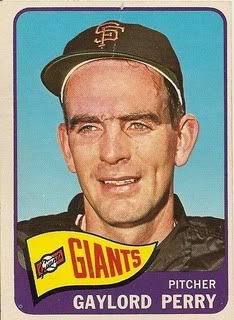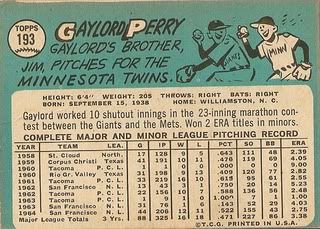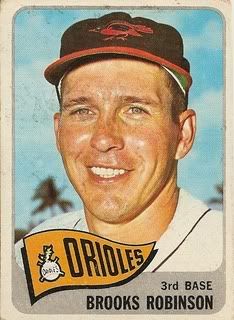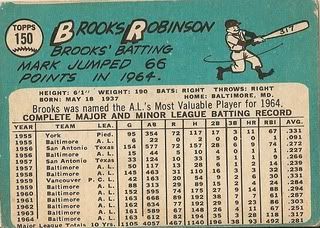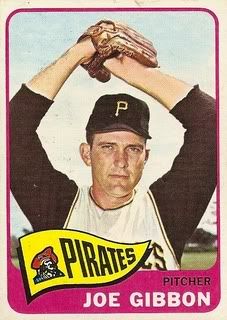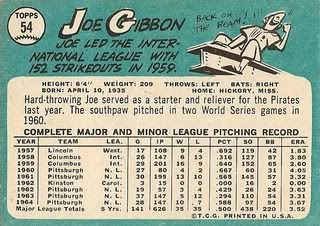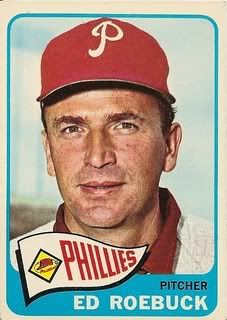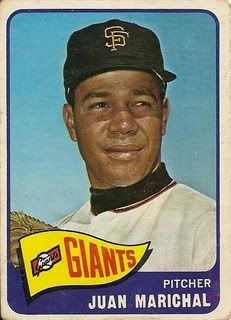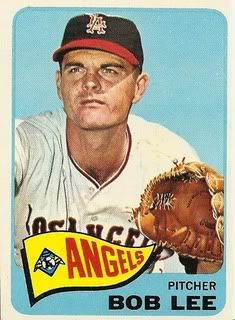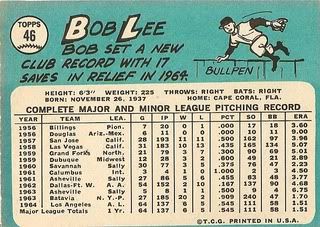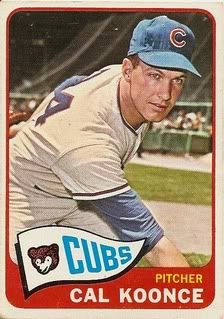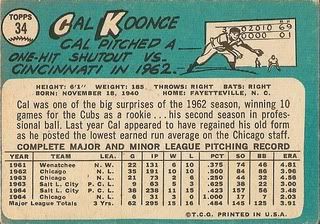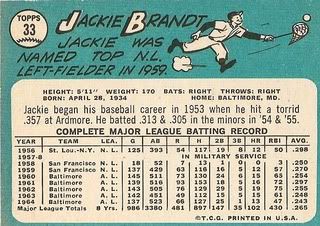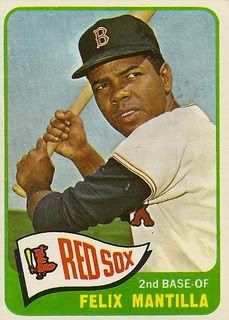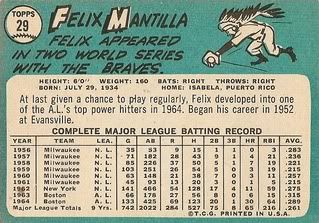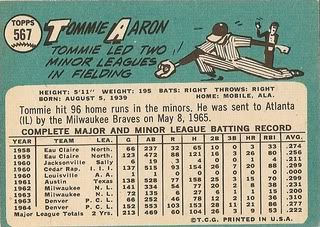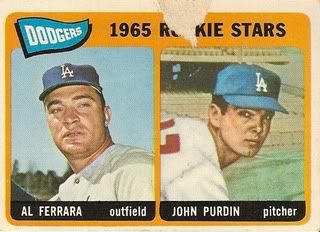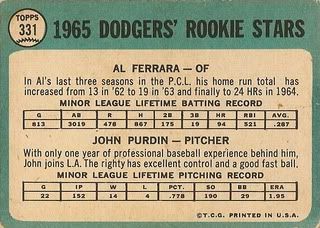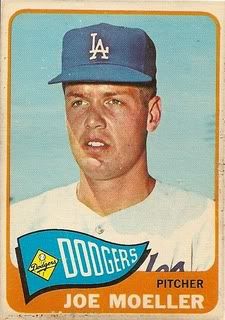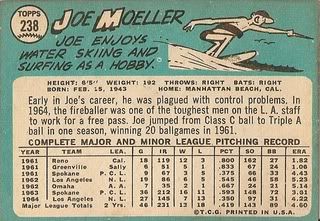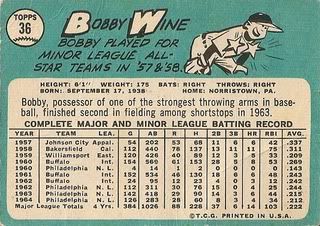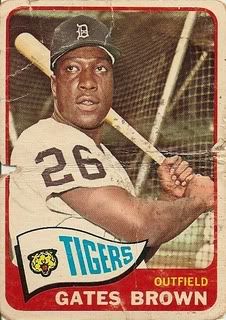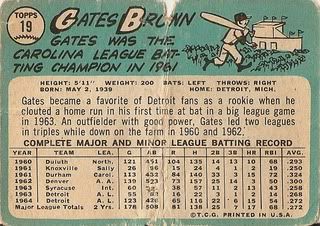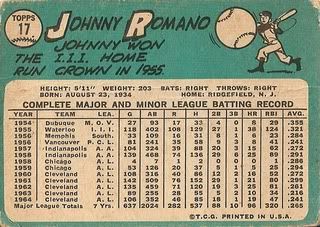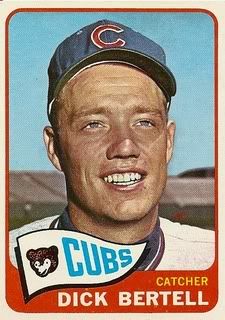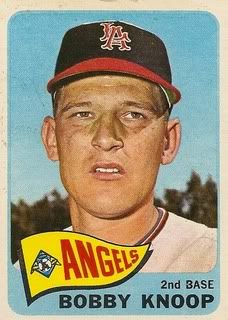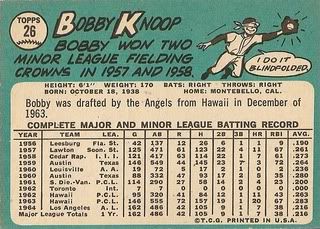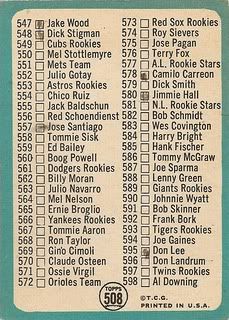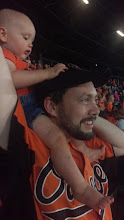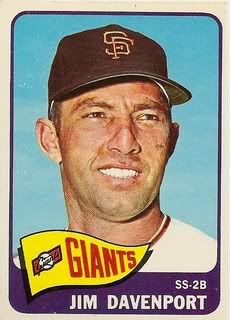
Fun facts about Jim Davenport:
-Jim was born in Siluria, AL and attended Mississippi State University before signing with the Giants in 1955.
-He made the big league team as its starting third baseman in 1958, going 2-for-4 with a sacrifice fly and a run scored in his debut. His first career hit was a single off of Don Drysdale.
-Had a strong season in 1961, batting .278 with 12 home runs. He achieved career highs with 28 doubles and 65 RBI.
-Davenport was a key member of the 1962 Giants squad that took the National League pennant. In addition to winning the Gold Glove for his play at the hot corner, he earned an All-Star selection. He batted a personal-best .297 with 14 homers, 58 RBI, and 83 runs scored.
-Lost his starting gig with the emergence of Jim Ray Hart in 1964, but contributed in a bench role for the remainder of the decade.
-Jim hit his only walk-off home run on May 16, 1964, a two-out, two-run shot off of the Mets' Galen Cisco in the bottom of the 15th inning. The game lasted 4 hours, 12 minutes, or roughly as long as your average 9-inning Yankees vs. Red Sox game these days.
-San Francisco gave him his release in mid-July 1970, ending his playing career. In parts of 13 seasons, all with the Giants, he hit .258 with 77 home runs and 456 RBI.
-He became a minor-league manager in the Giants farm system, managing their AAA Phoenix club from 1971-1973. He joined the Padres' major league staff in 1974, and returned to the Giants as a big league coach in 1976. Later, he would also coach for the Phillies and Giants.
-Jim was named the manager of the Giants before the 1985 season. However, the club replaced him in September with Roger Craig. He had a grisly 56-88 record in his only shot at helming a big league team.
-Davenport is back with the Giants, currently in a front office role. He had an interim stint as manager back at Phoenix in 1995, and skippered the Fresno Grizzlies in 1998. His son Gary was drafted by San Francisco in 1981, and has been a coach in the organization for many years. Gary is now the San Jose hitting coach.


